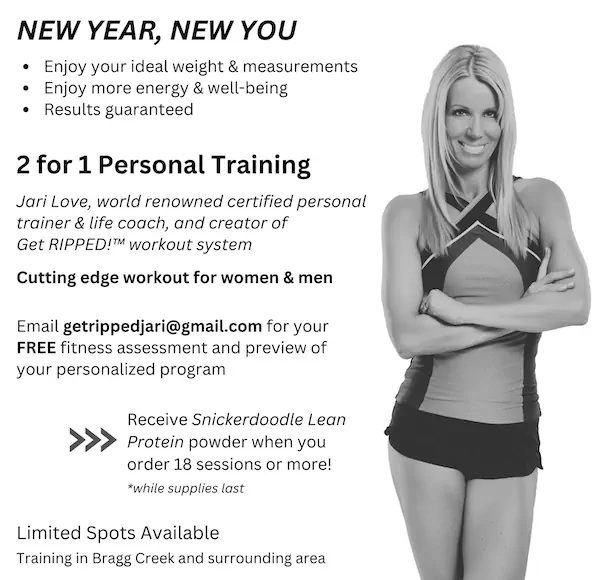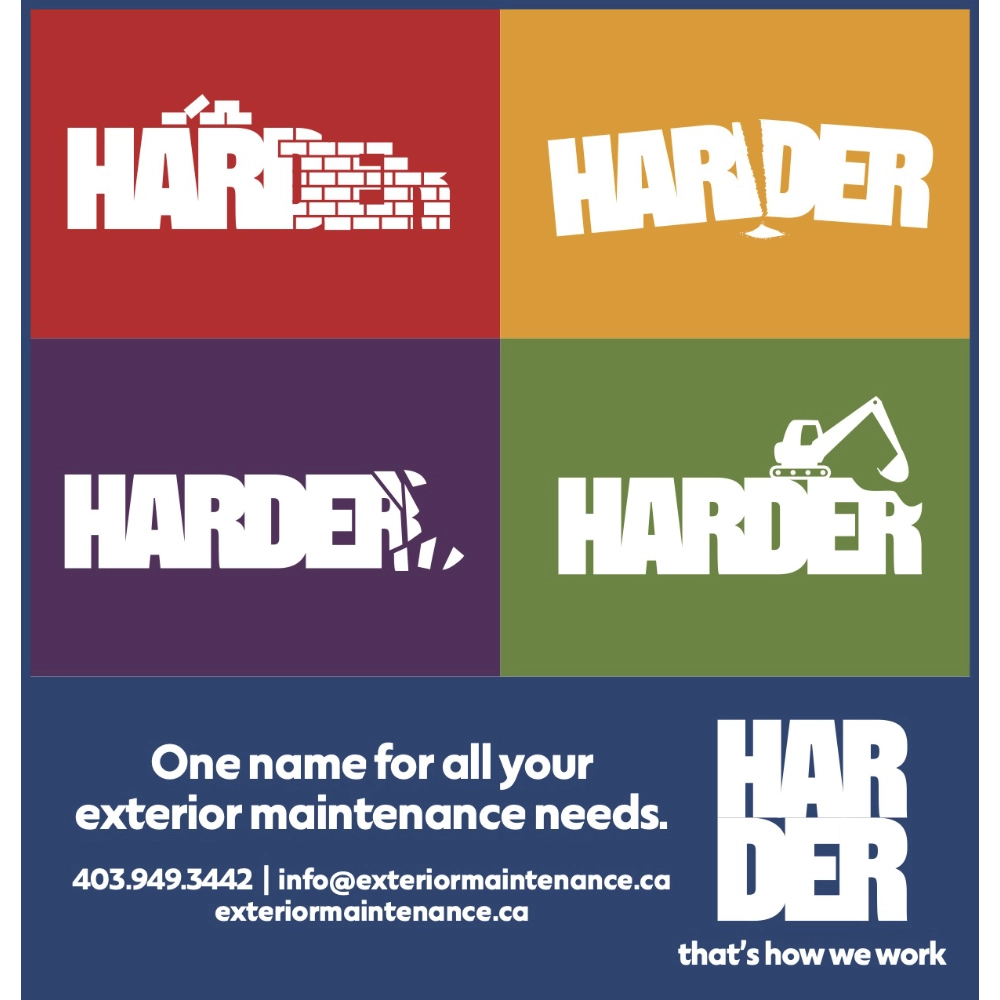YOU ARE STRONGER THAN YOU THINK!
When we injure our back and necks, we tend to go into fight or flight mode. We guard our movement and are often afraid to move for fear of making things worse. Even when we see our health professionals, we are often told that something is “out” and we feel vulnerable, scared to move, and weak.
“The spine is considered to be a strong structure and pain is seldom a sign of injury or disease caused by strain, but rather a functional disturbance” (Ree et al 2016). This Norwegian study found that this “Non-injury Model” way of explaining pain, helped their participants have significantly less sick leave days at both the 3 and 6 month follow ups. This was in contrast to the “Injury Focused Model” of care and education that many practitioners emphasize.
The main message here is to educate people that their body and spine are strong and need to move. Too many people are taught terms such as: your back is ‘unstable’, your pelvis/hip/back/ or neck have ‘gone out’. No wonder people are scared to move when they are hurt or in pain!
In 2004, Rob McKenzie (1931-2013) was voted the most influential and distinguished physical therapist in the field of orthopaedic physical therapy. He published and wrote many articles and books over the years such as “Treat Your Own Back” and “Treat Your Own Neck”. His philosophy was that you needed to move and find directions of movements that gradually eased your pain. When our body signals to us that there is a problem by sending pain messages, this means that some structures are being stressed and have become sensitized (hypersensitive). The correct movements can help to unload mechanical stresses and help to desensitize certain structures (joints, ligaments, nerve tissue, muscles). It is our goal to empower patients to learn how to modify their movements to find some pain free, or less aggravating positions, in order to desensitize the nervous system.
When we assume prolonged static postures, these postures can become an aggravating factor for someone with spinal pain. Over time, the spine will become sensitized (hypersensitive). It is recommended to frequently change your posture at least every hour. This doesn’t have to mean getting up out of your chair and becoming less productive! Dr. Bahram Jam, a Canadian physical therapist and founder of the Advanced Physical Therapy Education Institute (APTEI) outlines some effective desensitization exercises for people with spinal pain…all while still sitting.
For the lower back, he refers to this exercise as “pelvic pumps”. In a sitting position, round your back into a fully flexed (bent forward) position. Then slowly roll your pelvis forward so that your lower back moves into an extended (arched) position. Continue this movement in a rhythmical fashion back and forth 5-10 times every hour.
A commonly stiff but less symptomatic area is our mid/upper back, the thoracic spine. To self-mobilize this area in a seated position, simply lift your arms and reach up overhead. If it’s comfortable for your neck, look up towards the ceiling as well. Continue to raise and lower your straight arms while following your hands with your eyes. Perform this motion in a controlled manner 5-10x every 1-2 hours.
The neck undergoes a lot of time in a flexed forward position while reading, using the keyboard, and looking at your phone. Reach your hands to the back of your neck with your fingertips pointing downwards towards your shoulder blades. As you slowly look upwards to a comfortable degree, gently press your fingertips in a downward glide motion over the centre of your spine at the base of your neck. Repeat 5-10x every hour of uninterrupted sitting.
Never move into a position that causes pain or aggravates your symptoms. Movement is healthy, movement is necessary, and the correct movements can help unload sensitive structures and help to desensitize a hypersensitive nervous system! Remember to BREATHE into movements and not hold your breath. This helps us to relax, prevents muscle guarding and gets oxygen to our tissues.
If you are experiencing back or neck pain and are unsure of how to move properly to help alleviate your symptoms, we would love to help you out. Have a great summer and keep moving!
Jennifer Gordon (BSc.PT, GunnIMS, AFCI)
Physiotherapist – Bragg Creek Physiotherapy
www.braggcreekphysio.com


























